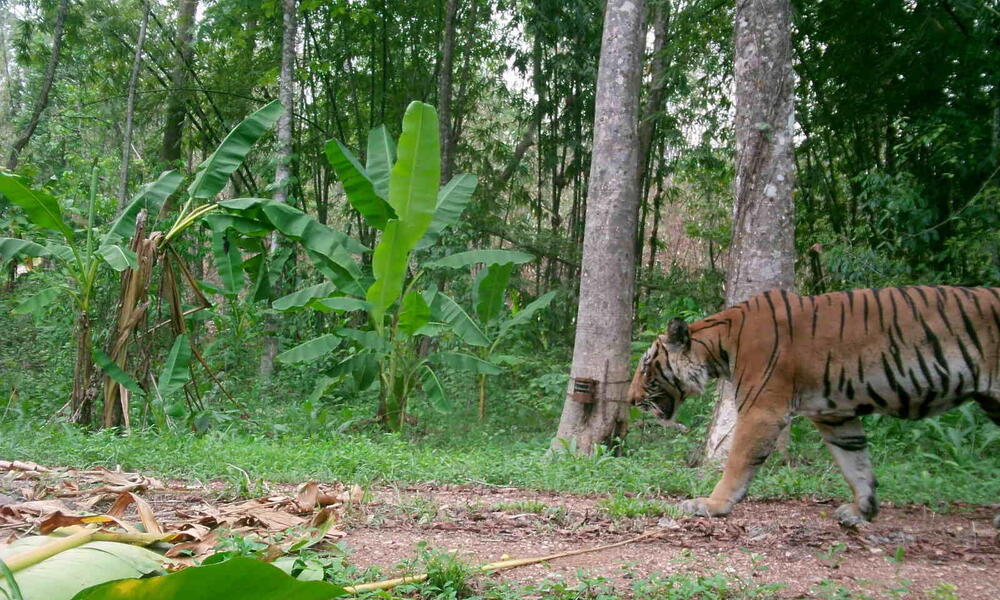Thailand's Tiger Population Triples in 16 Years: Successful Conservation Efforts Highlighted
July 30, 2024
Thailand's tiger population in the Western Forest Complex (WEFCOM) has experienced a remarkable increase from 41 in 2007 to 143 in 2023, marking a significant resurgence.
This recovery is attributed to effective patrolling, technological interventions, and long-term conservation efforts, particularly in the Huai Kha Khaeng Wildlife Sanctuary.
The increase in tiger numbers is documented in a study by Thailand's Department of National Parks and the Wildlife Conservation Society, published in Global Ecology and Conservation.
Conservation efforts have also led to a doubling of threatened ungulate species, which are primary prey for tigers, in Huai Kha Khaeng.
Conservation relies heavily on the presence of prey species, with populations of sambar deer and banteng having more than doubled due to restoration efforts.
Pornkamol Jornburom, director of WCS Thailand, emphasizes the area's importance for endangered species and hopes it can serve as a conservation model.
WWF-Thailand is collaborating with the Department of National Parks to create a national DNA database for captive tigers, aiming to combat the illegal trade.
The recovery of tigers in Thailand has been supported by government initiatives, including the establishment of anti-poaching patrol teams in national parks.
Effective law enforcement, including the arrest of poaching gangs, has been a turning point in tiger conservation efforts since 2012.
Despite Thailand's success, the overall outlook for tigers in Southeast Asia is concerning, with extinctions in several countries and remaining populations at risk.
This positive trend was reported by the government coinciding with World Tiger Day on July 29, 2024.
Summary based on 5 sources
Get a daily email with more World News stories
Sources

Phys.org • Jul 29, 2024
Great news for the endangered tiger: A 250% increase in tiger numbers recorded in Thailand
Firstpost • Jul 29, 2024
International Tiger Day: What is behind the stunning comeback of Thailand’s tiger population?
World Wildlife Fund
Wild tiger population increases in Thailand